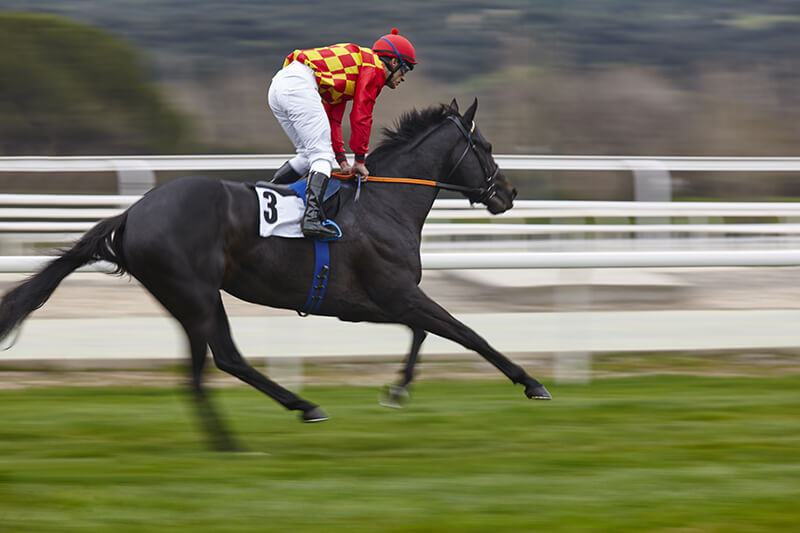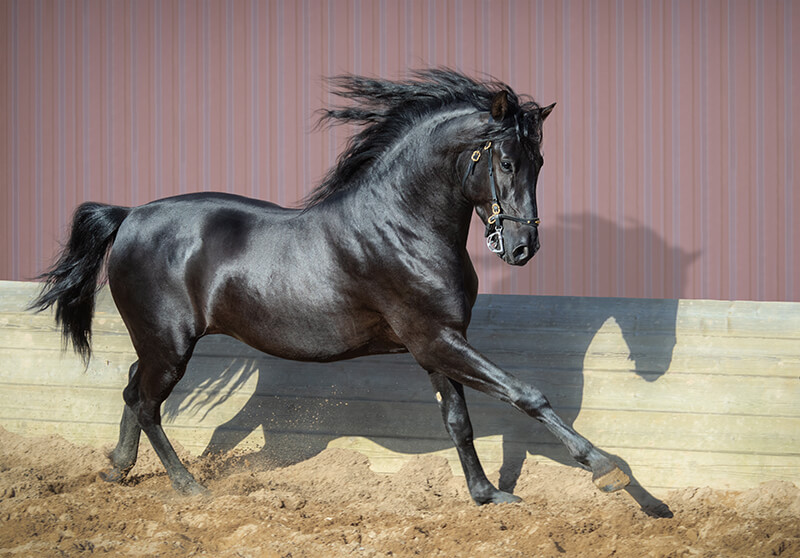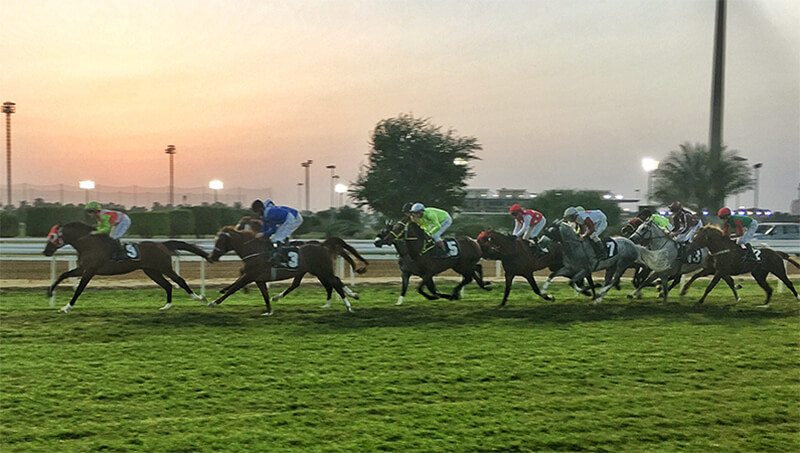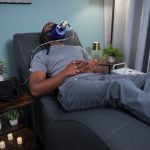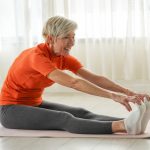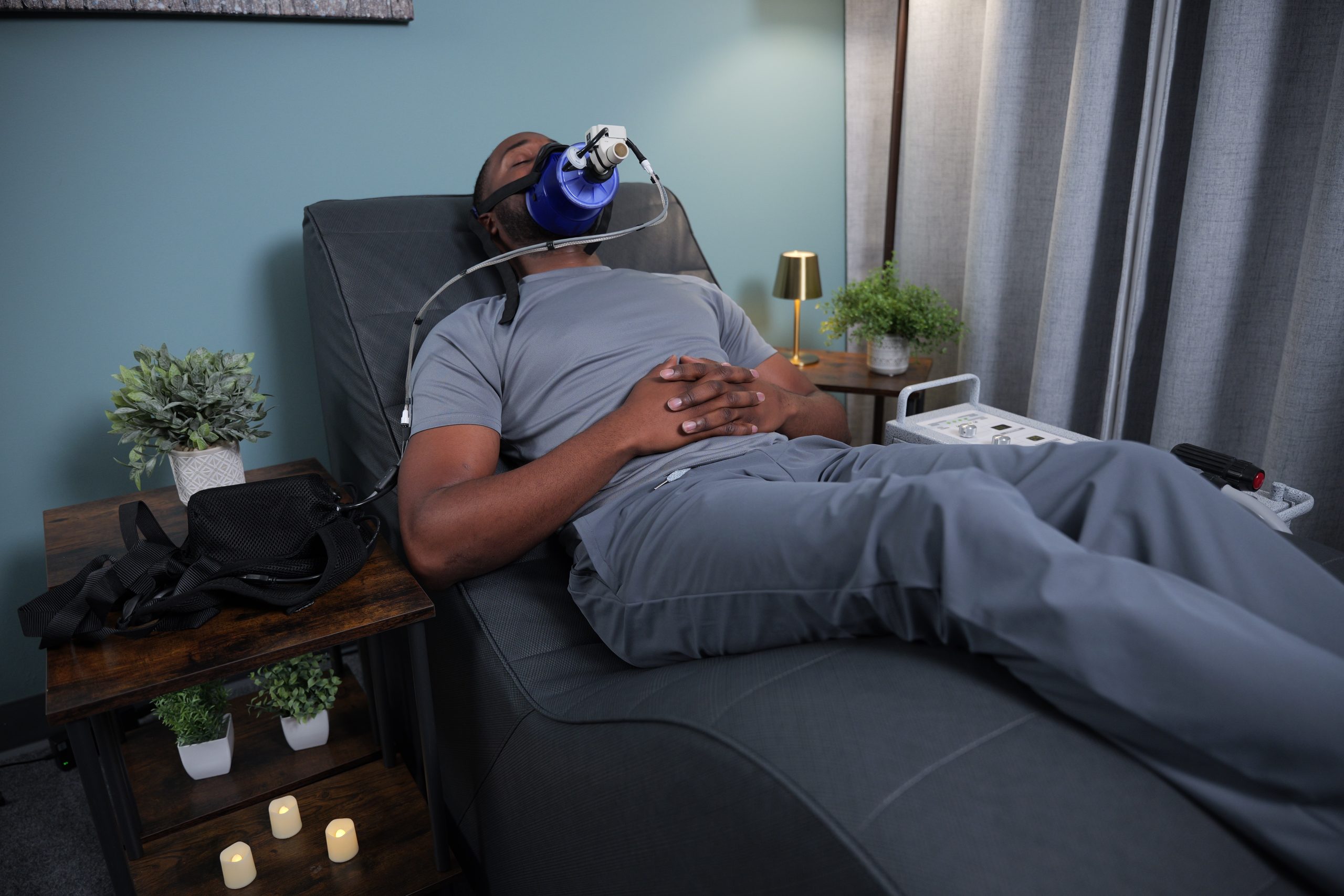Have you ever watched the FEI World Cups, The Kentucky Derby, or an equine Olympic event? If so, you are seeing horses at the height of their athletic careers.
Getting a horse to their optimal performance level requires training and exercise, just like a human athlete. If you have a high performance horse, there are many factors to include in a training program. These factors include nutrition, supplements, and different training types.
However, understanding the science of Equine Exercise Physiology is absolutely essential to the training process. This knowledge will teach you how to develop the correct training and exercise as the horse grows. It is beneficial for any horse that needs an exercise regimen, not just a high performance animal.
Let’s examine this science and see how adding in PEMF sessions may benefit a horse’s training program.
What is Exercise Physiology?
General Exercise Physiology is the study of how a body responds to exercise. Equine Exercise Physiology shifts that focus to how different types of exercise affect the equine body.
A high performance equine athlete always needs to be at its best. Because of this, their training and conditioning programs are tailored specifically for their unique needs based on particular equestrian competitions. Understanding exercise physiology allows the trainer to implement proper programs to amplify performance and ensure a healthy and long athletic career.
Equine Anatomy and Physiology
Knowledge of anatomy and physiology is paramount for working with an animal regarding exercise or rehabilitation. Before formulating an exercise program, take into consideration the different elements of the body.
Muscles, Tendons, and Ligaments
To make sure that your horse’s exercise program evolves correctly, you must look at how every muscle, tendon, and ligament functions under varying stress levels. You also must keep in mind the specific breed of horse and the discipline it is training for. The trainer can formulate a proper training plan when considering the muscle types. The goal should be to build and strengthen the body without causing damage.
Bones
Normal bone maturation occurs around the age of 2-3 years old. Depending on the discipline, horses will start training before or after that range. It is vital to know what stage of bone growth the horse is in. Having a strong understanding of any issues can help the trainer to develop the best training program.
Cardiovascular and Respiratory System
The cardiovascular and respiratory system directly affect a horse’s blood flow and oxygen exchange during physical activity. Proper training helps the animal to develop an efficient oxygen exchange. Knowing your horse’s baseline and discipline-specific stressors allows the exercise and pace of training to develop these systems safely.
Thermoregulation
Heat is essential for exercise and training as it affects blood flow. There are very good reasons why warm-ups and cool-downs exist! Thermoregulation involves adjusting training for different weather conditions, environments, and seasons.
Exercise and PEMF
Just like the human body, there is no one-size-fits-all when it comes to equine exercise. When training a horse, you cannot focus on just one exercise. Different exercises target different areas of the body and energy pathways.
In general, there are two categories: aerobic and anaerobic. The discipline that the horse competes in determines how to incorporate these two types of exercises into their training.
Aerobic Exercise
Aerobic simply means with oxygen.
Aerobic exercise helps the muscles increase oxygen use to produce energy. When the amount of oxygen diminishes, it leads to glycogen depletion. Glycogen is a fuel source for the muscles. When it is depleted, it causes muscle fatigue and weakness.
Aerobic exercises should be low and slow. The heart rate should stay under 150 beats per minute. Walking, trotting, and cantering/loping gaits are considered aerobic exercise.
Aerobic working has many benefits. These include:
- Improvement in oxygen capacity
- Steady bone development
- The ability to reach a maximum heart rate at a higher workload.
Horses that compete in events like Dressage, Western Pleasure, and any Horsemanship or Equitation utilize aerobic exercises in their training.
Anaerobic Exercise
Anaerobic means without oxygen.
When oxygen is not an energy source, lactate can produce faster than it can be removed or used. As lactate accumulation increases, fatigue sets in. Because of this, anaerobic exercises are shorter than aerobic exercises.
When the heart rate increases above 150 beats per minute, anaerobic working activates. Acceleration, sprinting, and full gallops use the anaerobic energy pathway. These exercises enable the horse to sustain speed and increase it over long distances.
Horses that compete in events like Racing, Reining, or Jumping often utilize anaerobic exercises in their training.
Incorporating PEMF with Exercise
Pulsed Electromagnetic Fields (PEMF) is a dynamic energy supplement that incorporates seamlessly into wellness and training regimens. PEMF has a wide variety of benefits that support the body at the cellular level. It can non-invasively help many of the body’s natural functions to improve overall wellness more effectively.[1]
When training horses, muscle fibers contribute to the movement of muscles. During exercise, these muscles go through minor strains and tears that are important for muscle growth. However, this impact on the muscles can also cause discomfort and fatigue.
PEMF has been shown in animals to reduce inflammation and increase circulation in the body.[7,8] This may allow the muscle fibers to relax and extend, improving the range of motion.
Horses that have a wider range of motion are more comfortable when moving. PEMF can also support the body in decreasing perceived muscle discomfort.[3] This helps shorten the training downtime.
PEMF can also support joint and cartilage function. In almost every equestrian sport, horses carry at least one rider. This extra weight adds more strain to the joints. The tissues that help cushion the joints also deteriorate over time.
Studies show that PEMF supports calcium and collagen production, improving the joints’ maintenance and stability.[9,10] This support can help prolong their athletic careers.
Recovery and PEMF
With any exercise or training program, there should always be space for recovery. Allowing horses to relax and reset after a workout ensures a safe and effective training environment. With appropriate rest, horses can recover more quickly.
Injuries are a common occurrence in working horses. Having a vet diagnose any issues and start the road to recovery is essential. Rest is one of the most important parts of recovery. Due to different factors, it may be challenging for a horse to relax.
Studies show that PEMF can help to encourage the body to switch to the Parasympathetic Nervous System or PNS.[5] This is also known as the “rest and digest” system. Horses indicate they are switching to this system by licking and chewing.
In PNS, the heart rate is slower, and the body is supported to encourage digestion. If a horse is calmer and more relaxed, their body is in a peak position for recovery.
A well-rounded training program should include Equine Exercise Physiology. Adding in regular sessions with a high quality PEMF device will improve cellular function. Combing the two creates an environment for an outstanding equine athlete with a long and healthy career.
